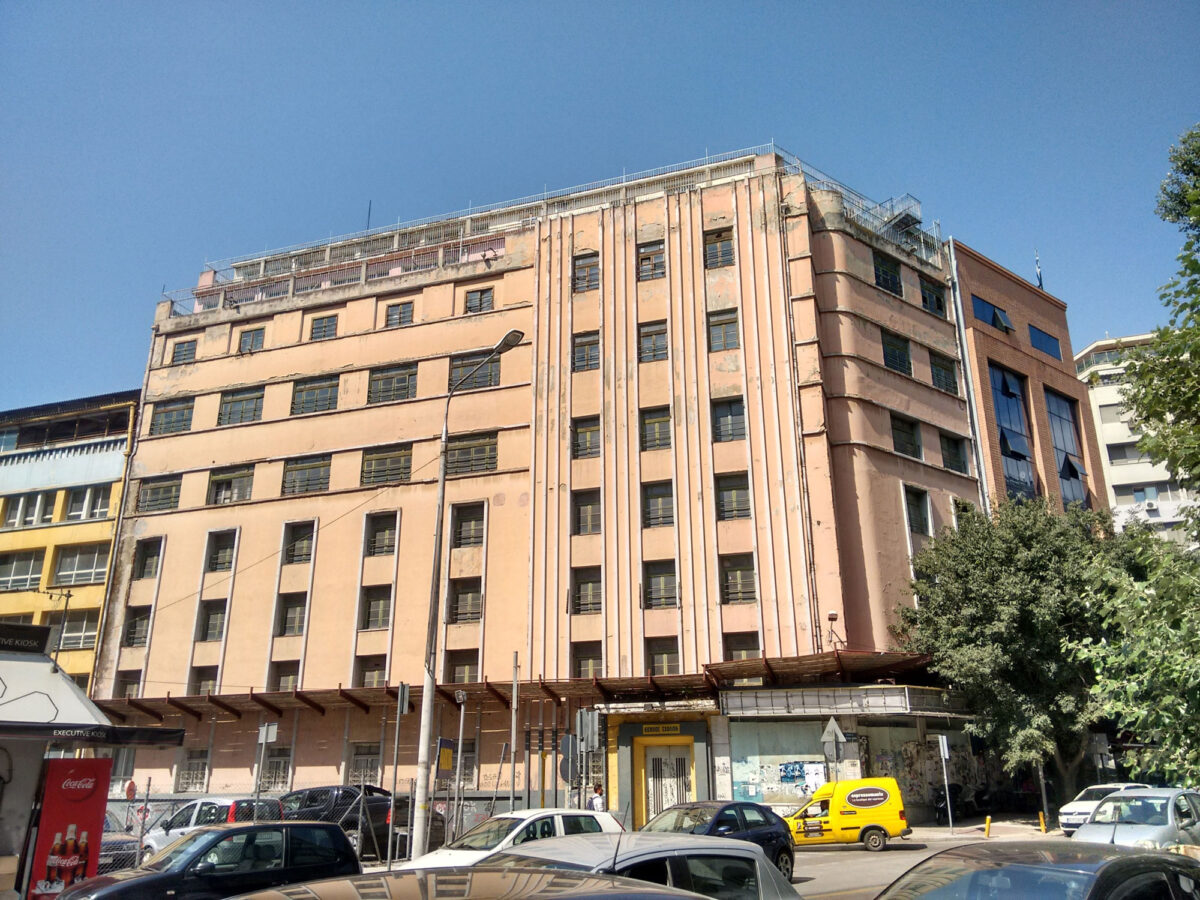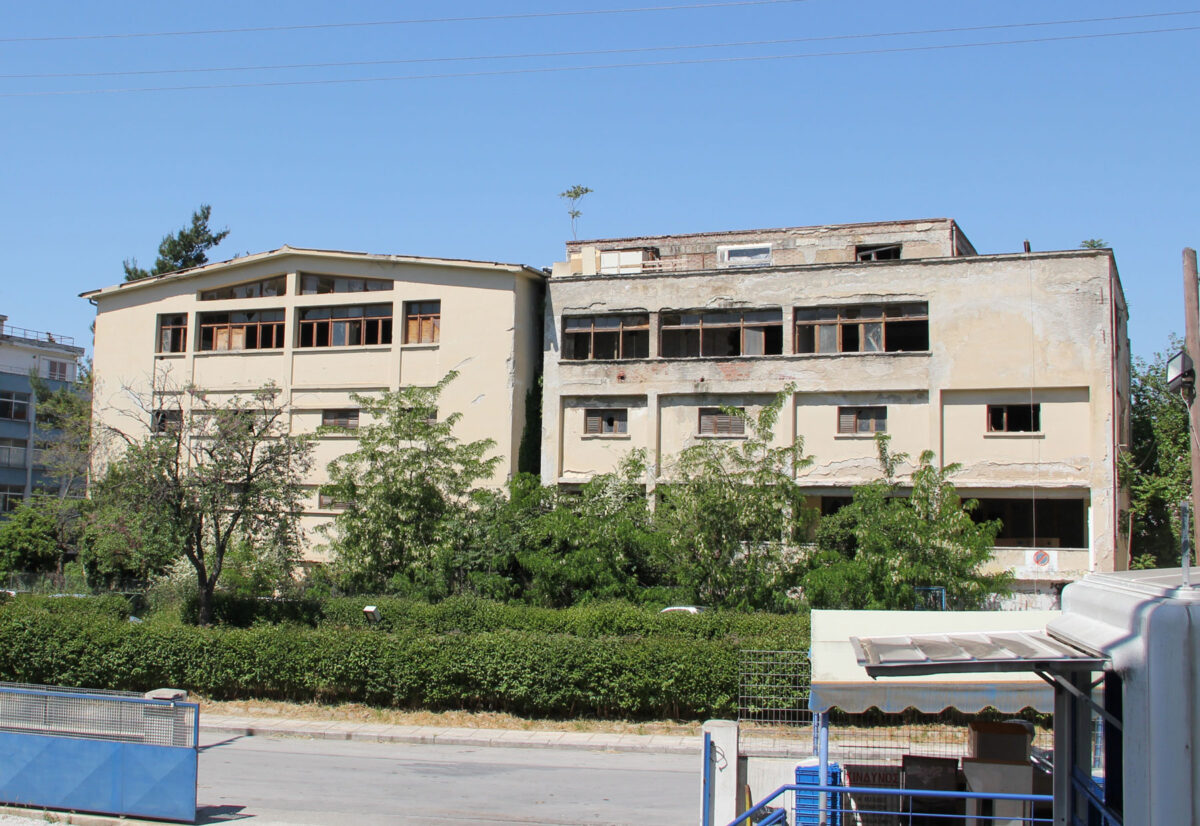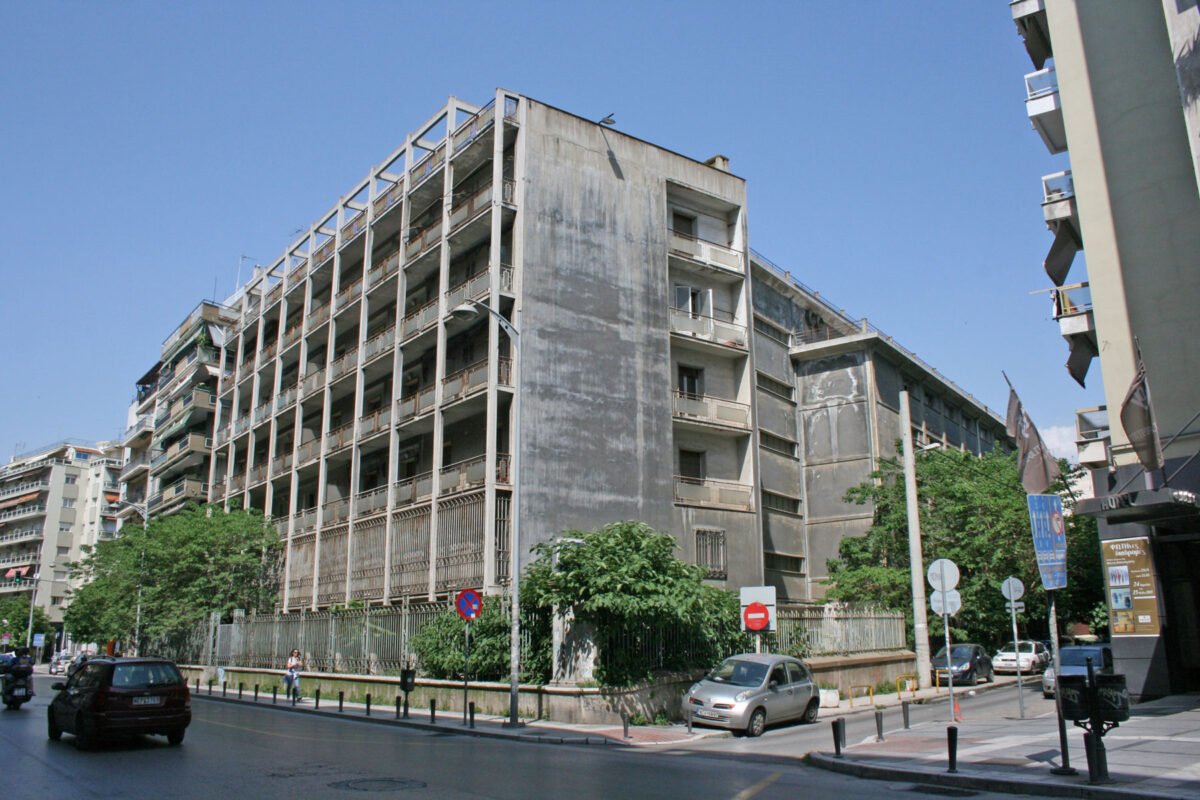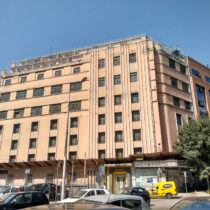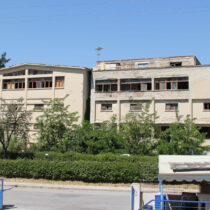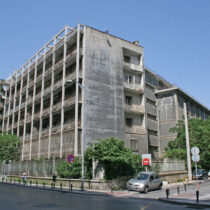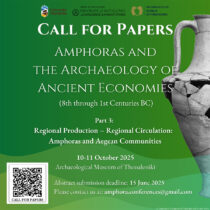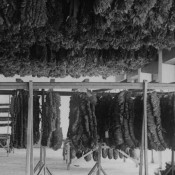Memories of an activity that flourished for decades are now well preserved in buildings that have stood the test of time and are either being introduced to the public in another capacity or remain inactive. The art of tobacco processing spread widely in Greece from the tutuncu, the tobacconists in Istanbul, to the point of Greece becoming the second largest exporter of tobacco in the world after the United States. In later years, the prevailing view was that tobacco was harmful, and its production and trading declined.
Today, hotels, shopping malls and modern office spaces, former tobacco shops, host tourists, visitors, consumers and workers in the same places where, only a few years ago, hardworking people worked on noisy machines and drying ovens that created a stifling atmosphere. 95-year-old Drosia Mylona,who was a tobacco worker for many years, shares her memories of those times with the Athens and Macedonia News Agency.
She tells in detail of the time spent as a small child, helping her family work the tobacco fields in the villages of the Paggaion, in Kavala. She remembers everything: from the sowing of the tobacco to the apron in which she carried the small plants to be placed in the ploughed field, from harvesting the leaves at night to the bundles loaded on the little donkeys, the threading of the leaves and their smoothing out on the knees to their hanging on sticks to dry.
“Hard work, no play …”
Ms. Mylona later came to Thessaloniki and again worked in tobacco production, this time in the tobacco shops, where the tobacco was stored and commercially processed. “I worked in tobacco production for fourteen years. I worked in many tobacco shops, at Fessas in Ano Ilioupoli, at Michaelides, Papadatos, at the AustroHellenic; I made the rounds. Hard work, no play and some tobacco shops were very strict because the conditions were difficult, but what could we do?”, she says and despite forgetting a few technical terms, she describes each stage of tobacco cultivation, storage, drying and processing.
“We would first sow the seed and the plant sprouted. When it grew α hand’s width, we dug it up so that the men could plough the field. We then put the plants in baskets and planted them again after ploughing. When the plant grew and became one meter high , we went out at one o’clock at night, so that the leaves would not wither in the heat, broke off the ripe leaves with one hand, put one on top of the other and made bundles of them. We took these bundles home on our donkeys, and there we sat round each bundle to stitch the leaves, to hang them up to dry … Then we hung them on wooden rods that we cut from the woods… When the leaves were well dried we collected them and we made them into bales … In winter we stacked them and hung them up in rooms inside the stone houses. We also put them in the courtyard in a pit and the leaves softened at night”, narrates Ms. Mylona.
The tobacco shops were a centre of attraction for the workforce of the time
The tobacco shops were moreover a centre of attraction for the workforce of the time, as said to the AMNA by Mrs. Mylona’s grandson, architect and civil engineer Spyridon Tavlikos who with his colleague Sofia Gouvousi had conducted research on the tobacco shops of the city in their undergraduate studies in the Aristotelian University of Thessaloniki. “Tobacco workers were connected to the place by their financial incentive of seeking work there. Tobacco was a people’s means of livelihood and tobacco warehouses were a magnet for the region’s workforce. So they essentially contributed to the greater development of western Thessaloniki. The relationship was mutual: tobacco warehouses offered the opportunity for work and people with low incomes responded to this offer. Therefore, the development of the area was interconnected with the operation of these buildings”, says Mr. Tavlikos.
He points out however that “tobacco workers have different experiences and this is understandable as working conditions were very difficult. The operation of the machines inside the buildings caused noise and difficulty in breathing. The smoke created a suffocating atmosphere and the machines also had ovens, so there was discomfort from the heat. In fact, this discomfort spread throughout the area that was environmentally challenged during the tobacco warehouses’ period of operation. Consequently, the tobacco workers ‘memories identify more to a difficult period of their lives”.
Fifty-six tobacco shops exist today in Thessaloniki
A few years later, in 2014, the Panhellenic Association of Manufacturing Industries and Tobacco Trading Companies commissioned Ms. Gouvousi and Mr. Tavlikos to update their research so as to accurately record the tobacco warehouses in the Thessaloniki urban complex. The results of the research are included in the book Tobacco Warehouses of Thessaloniki, where these buildings are evaluated as industrial, to avoid their demolition and look towards their upgrading.
Ms. Gouvousi says to the AMNA that “during the 20th century there were 88 tobacco warehouses in the Thessaloniki urban complex and they operated for the storage and processing of tobacco. Of these, 56 survive today”.
The oldest tobacco shop was that of the Moscof company in the Frankish district, built in 1910 and operating as a tobacco warehouse from 1934 until the 1970s when it was demolished. Today, former tobacco shops are situated in the city’s historic center, on Dodekanisou and Dioikitiriou streets, even on Tsimiski (near the Plateia shopping center), but also in areas of western Thessaloniki such as Stavroupoli, where there are as many as 15 buildings. Such examples are the hotel opposite the Lazarists Monastery, the curved tobacco warehouse of George Hadjigeorgiou with its unusual architecture and the red tobacco shop, where the Region of Central Macedonia plans to set up a special examination center for technical professions. after completing an extensive cleaning and restoration operation on the building. Tobacco shops also existing on the east side of the city have today been converted into shopping malls.
Tobacco industry activities
Regarding the activity around the tobacco industry in general, Ms. Gouvousi notes that the growth and development of the tobacco trade in Greece showed an upward trend from 1880 to 2000. In 1913 there were many tobacco companies established in tobacco trading centers in southern Greece (Ermoupolis, Piraeus, Volos, Lamia, Agrinio), while after 1913 when the annexation of Macedonia and Thrace took place, tobacco trading centers were added in the northern part of the country ( Drama, Xanthi, Serres, Thessaloniki and Kavala). Until the Second World War, Kavala took the lead but after 1920 several such buildings were also created in Thessaloniki, first in the city’s historic center, next towards Giannitsa and Monastiri and then in Ambelokipoi and Stavroupoli, the industrial area of Oreokastro and Efkarpia, to facilitate the transport of tobacco.
These activities ceased at the beginning of the first decade of 2000 when the idea prevailed of tobacco being harmful, resulting in the decline of its production and exports. According to Ms. Gouvousi, a comprehensive strategic plan is required today for the treatment of these buildings in a coordinated manner.
